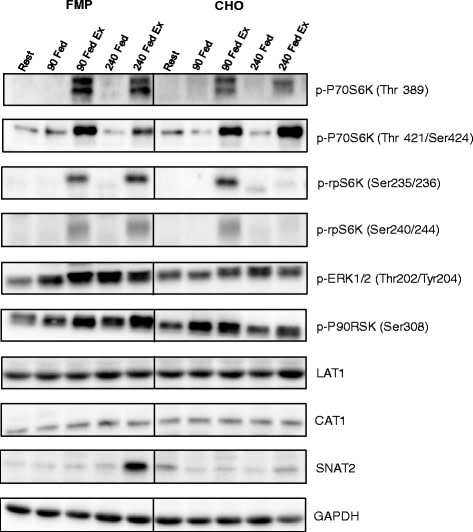Cat. #151085
Anti-CAT [CAT-1]
Cat. #: 151085
Sub-type: Primary antibody
Unit size: 100 ug
Availability: 1-2 weeks
Target: Chloramphenicol acetyl transferase (CAT)
Class: Monoclonal
Application: WB ; IHC ; IF ; WB
Reactivity: Human papilloma virus
Host: Mouse
£300.00
This fee is applicable only for non-profit organisations. If you are a for-profit organisation or a researcher working on commercially-sponsored academic research, you will need to contact our licensing team for a commercial use license.
Contributor
Inventor: Julian Gannon
Institute: Cancer Research UK, London Research Institute: Clare Hall Laboratories
Tool Details
*FOR RESEARCH USE ONLY
- Name: Anti-CAT [CAT-1]
- Clone: CAT-1
- Tool type ecom: Antibodies
- Tool sub type: Primary antibody
- Class: Monoclonal
- Conjugation: Unconjugated
- Molecular weight: 26000 kDa
- Reactivity: Human papilloma virus
- Host: Mouse
- Application: WB ; IHC ; IF ; WB
- Description: Bacterial chloramphenicol acetyl transferase (CAT) is an enzyme that catalyzes the inactivation of the antibiotic, chloramphenicol, by acetylation and subsequently confers bacterial resistance to the antibiotic. CAT, being a stable prokaryotic enzyme, is often used as a reporter gene in transfection assays developed for eukaryotic promoters. Quantification of reporter gene expressions, such as that of CAT, can be correlated to the transcriptional functions of the target sequence. Thus, antibodies directed against CAT can be used for the study of gene sequences that are fused to the CAT reporter gene.
- Immunogen: Full length Chloramphenicol acetyl transferase
- Isotype: IgG1
- Myeloma used: Sp2/0-Ag14
Target Details
- Target: Chloramphenicol acetyl transferase (CAT)
- Molecular weight: 26000 kDa
- Target background: Bacterial chloramphenicol acetyl transferase (CAT) is an enzyme that catalyzes the inactivation of the antibiotic, chloramphenicol, by acetylation and subsequently confers bacterial resistance to the antibiotic. CAT, being a stable prokaryotic enzyme, is often used as a reporter gene in transfection assays developed for eukaryotic promoters. Quantification of reporter gene expressions, such as that of CAT, can be correlated to the transcriptional functions of the target sequence. Thus, antibodies directed against CAT can be used for the study of gene sequences that are fused to the CAT reporter gene.
Applications
- Application: WB ; IHC ; IF ; WB
Handling
- Format: Liquid
- Concentration: 1 mg/ml
- Unit size: 100 ug
- Storage buffer: PBS with 0.02% azide
- Storage conditions: -15° C to -25° C
- Shipping conditions: Shipping at 4° C
References
- Augusto et al. 2019. PLoS Pathog. 15(6):e1007746. PMID: 31194856.
- Persson et al. 2017. Am J Physiol Renal Physiol. 312(2):F278-F283. PMID: 27927650.
- Mitchell et al. 2017. J Int Soc Sports Nutr. 14:17. PMID: 28603468.
- Sheen et al. 2016. Front Cell Neurosci. 10:167. PMID: 27445694.
- Kishikawa et al. 2015. Oncotarget. 6(10):8339-52. PMID: 25826076.
- Wang et al. 2014. Biol Reprod. 91(3):59. PMID: 25061098.
- Wang et al. 2014. Biol Reprod. 90(4):84. PMID: 24648395.
- Battisti et al. 2012. Am J Respir Cell Mol Biol. 46(4):498-506. PMID: 22074703.
- Barilli et al. 2011. J Leukoc Biol. 90(2):293-303. PMID: 21586674.
- Kuang et al. 2007. Am J Physiol Lung Cell Mol Physiol. 292(4):L944-52. PMID: 17209135.
- Activation of elastin transcription by transforming growth factor-beta in human lung fibroblasts.




